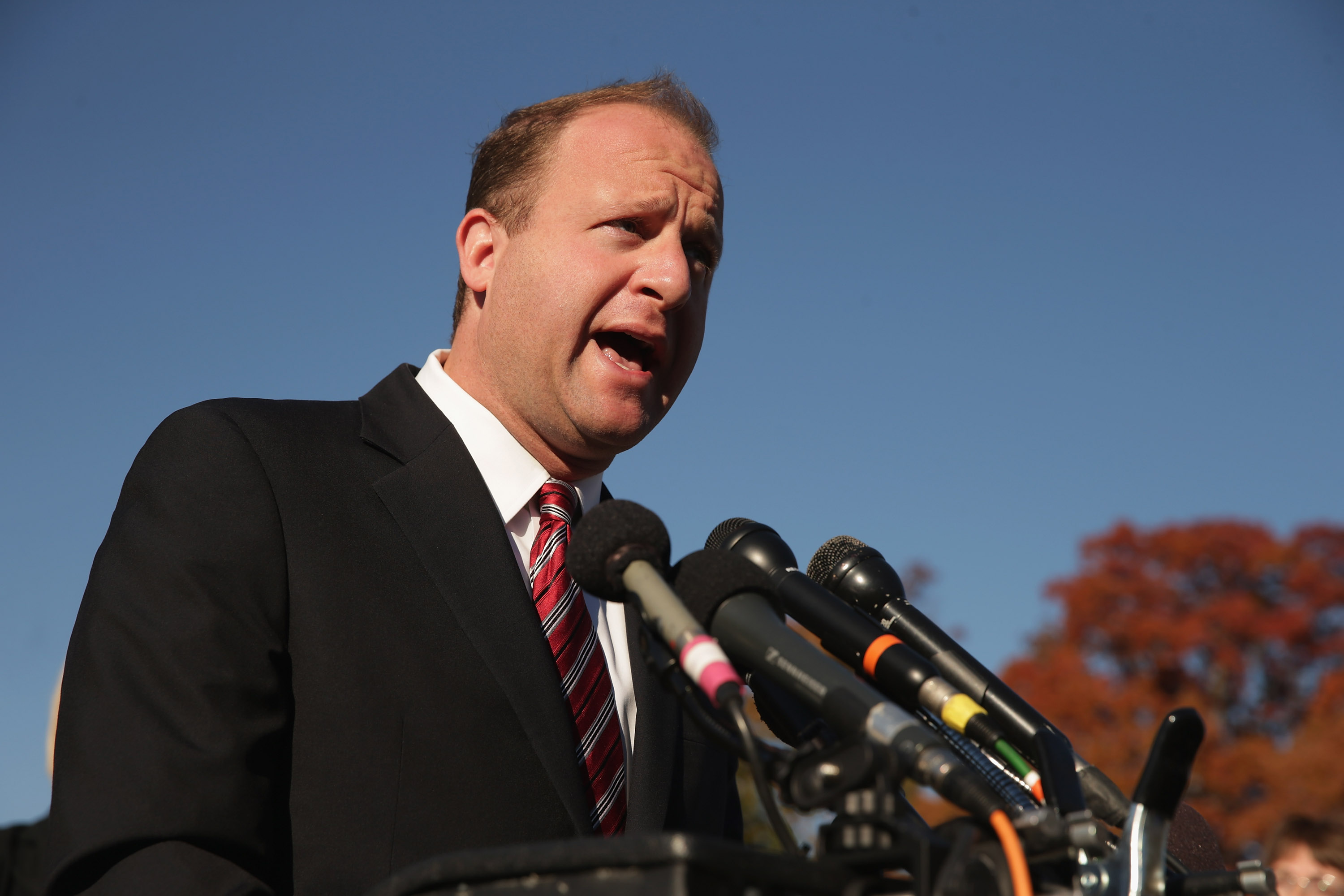
Colorado Democrat gubernatorial candidate Jared Polis continues to dodge questions about the mind-boggling costs of his radical far-left plans.
Polis has made moving towards 100% renewable energy in Colorado by 2040 a central plank of his campaign. But when asked in a recent interview “about the feasibility” of his extreme proposal, Polis “sidestepped” the question, refusing to offer any explanation of how it could be achieved.
This blunder comes after Polis was forced to admit that his energy plan is not “serious” when confronted with a study finding it would cost astronomical $45 billion.
Polis’ has also failed to answer similar questions about the cost of his other proposals. A few weeks ago, Polis attempted to dodge an undecided voter’s question about how he would pay for his radical far-left plans, including single-payer, by saying he doesn’t “know the answers.”
Polis thinks he can get elected by making pie-in-the-sky promises to his base without taking accountability for the consequences. But Colorado voters are catching on to his act. Polis owes them a real answer.
Washington Free Beacon Reports:
“Colorado gubernatorial candidate and current U.S. representative Jared Polis sidestepped the question of cost for his goal of making the state’s energy production 100 percent based on renewable forms like wind and solar by 2040.
In an interview with NewsRadio KOA in Denver, Polis said he believed 100 percent renewable energy production would eventually “bring down rates,’ but did not elaborate further.
…
A request for comment from the Polis campaign about the investment costs was not returned.
The Independence Institute in Denver commissioned a study of the costs to the state for a 100 percent renewable portfolio. (Disclosure: The author of this article was previously employed by the Independence Institute.)
That study did two analyses side by side. In the first, carbon-based energy producers would be able to purchase credits from renewable producers in other states. The cost estimates in the paper ranged from a low of $500 million to a high end of just under $4 billion.
In the second case, energy producers had to scrap all carbon-based sources and supplant them with renewables. The research estimated all costs for that transition, including adding battery capacity and retiring coal and gas plants, at just under $45 billion.”





See the latest videos from RGA
Watch our videosIn Congress, @SpanbergerForVA stood against commonsense border security.
Spanberger puts protecting criminal illegal immigrants over Virginia families.
https://x.com/GOPGovs/status/1936057339263803566/video/1
Virginia didn’t become a national leader in ICE enforcement by accident.
We made it happen — partnering with @realDona…
Follow RGA on Twitter
Follow RGA on Facebook